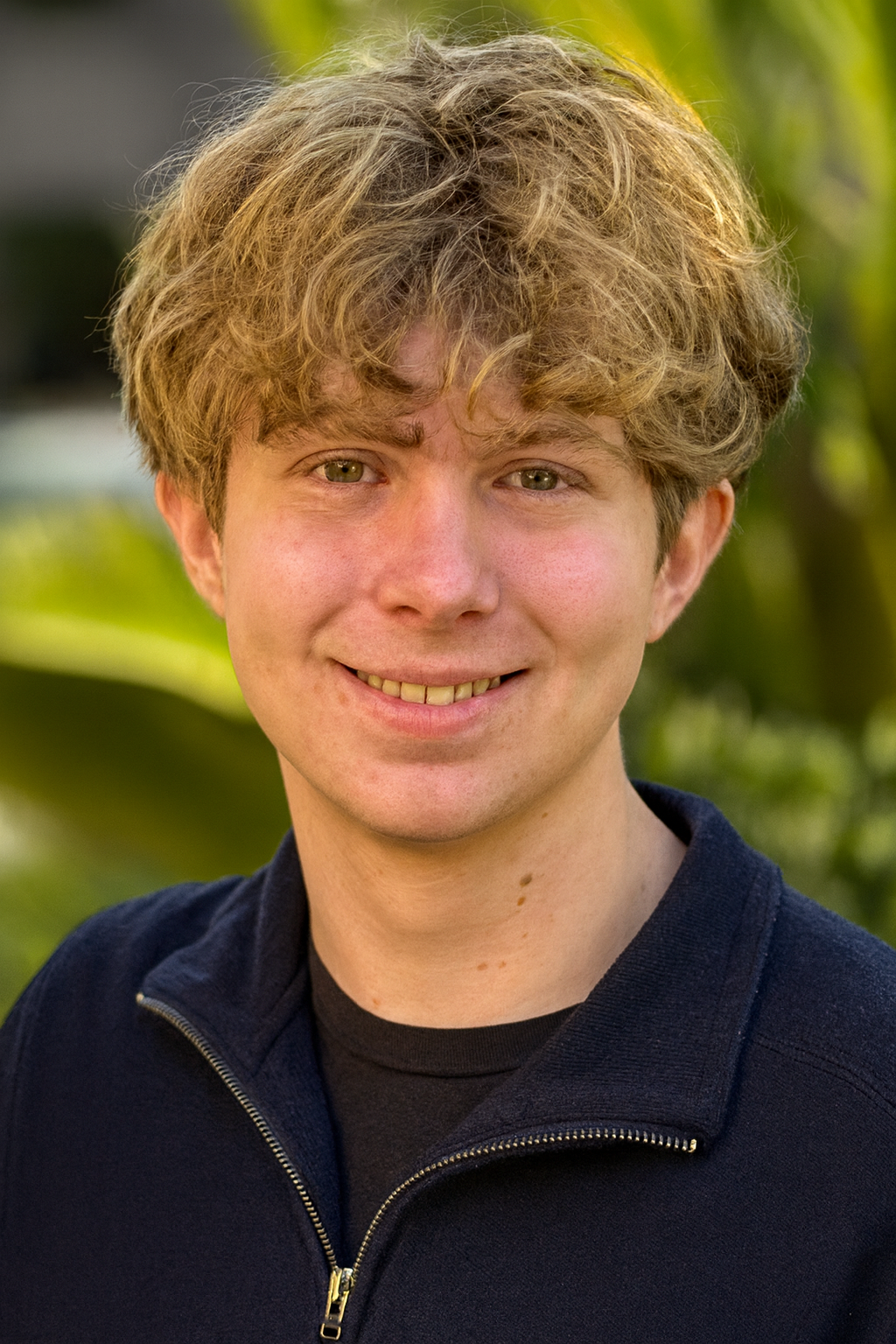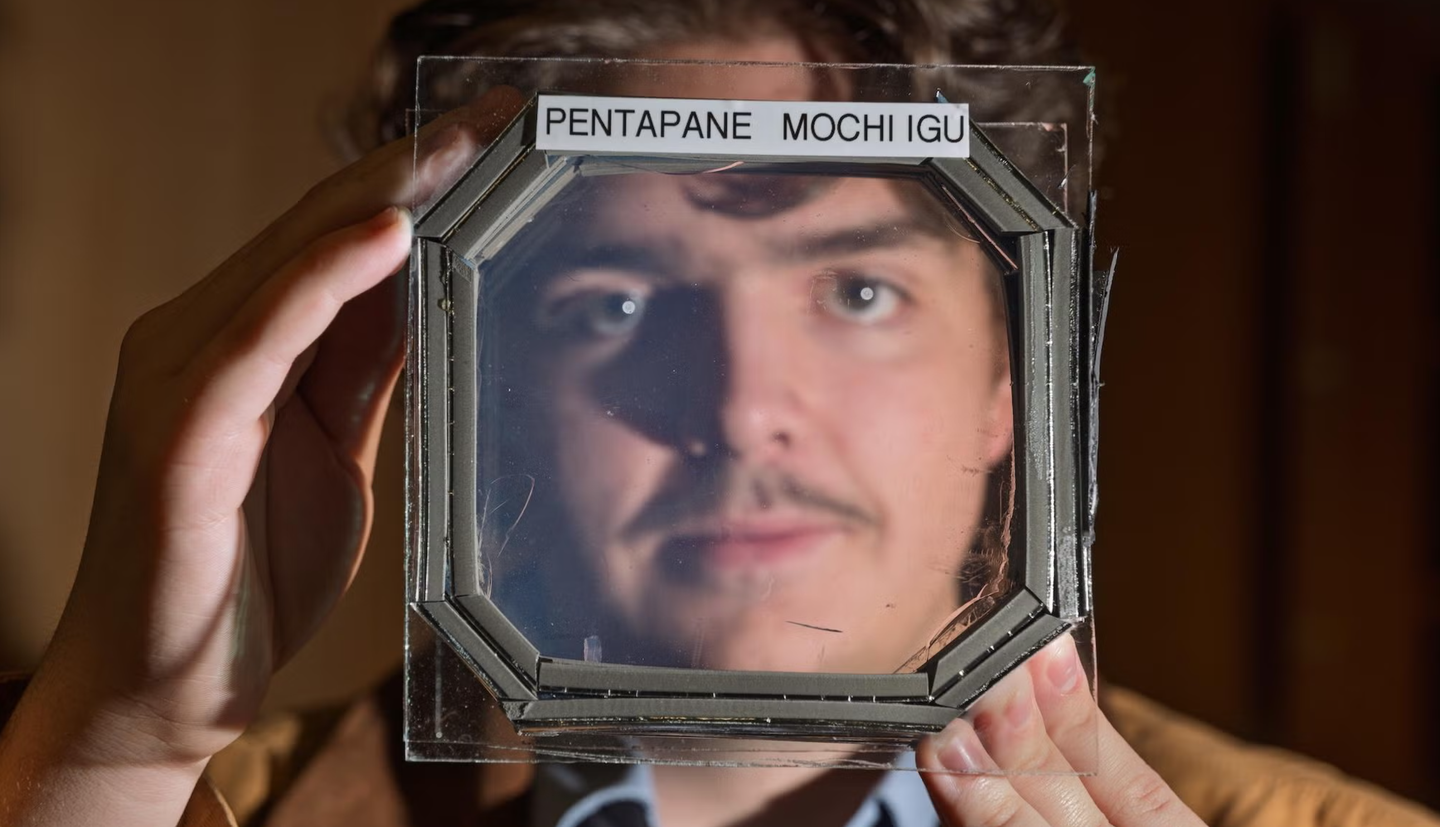New nanodrug is 20,000x more lethal to leukemia while sparing healthy cells
Northwestern researchers redesign a classic chemotherapy drug into a powerful, targeted nanotherapy with fewer side effects.

 Edited By: Joseph Shavit
Edited By: Joseph Shavit

Northwestern scientists turned a decades-old chemotherapy drug into a precision cancer killer. (CREDIT: Shutterstock)
Cancer treatment has always been a balancing act—hit the tumor hard enough to kill it, but not so hard that the patient breaks first. For decades, chemotherapy has walked that razor’s edge, saving lives but leaving patients weak, nauseated, and scared to face the next round.
Now, a team at Northwestern University thinks they’ve found a way to tip that balance toward healing. Led by chemist Chad A. Mirkin, the researchers have re-engineered one of the most common chemo drugs, 5-fluorouracil (5-Fu), into something far more precise—something that could attack cancer cells while sparing the healthy ones that keep the body going.
And the most remarkable part? They didn’t invent a new drug. They reinvented an old one.
Turning an Old Warhorse into a Precision Weapon
5-Fu has been in the cancer doctor’s toolkit since the 1950s. It’s powerful and dependable—but also brutal. The drug doesn’t discriminate; it poisons everything in its path. For many patients, the cure has felt nearly as punishing as the disease.
“Chemotherapy works, but it’s a blunt instrument,” Mirkin said in a statement. “The drug itself isn’t the problem—it’s how the body handles it.”
He’s right. Less than one percent of 5-Fu actually dissolves well in the body, and what little does often wreaks havoc on healthy cells. Patients endure weeks of fatigue, nausea, and sometimes organ damage. It’s the price of survival, and doctors have long wished for something gentler.
That wish might finally have an answer in a new field Mirkin calls “structural nanomedicine.”
The Spherical Secret
Mirkin’s team created a microscopic sphere—called a spherical nucleic acid, or SNA—that changes everything about how 5-Fu behaves. Picture a tennis ball made of DNA strands, each thread laced with bits of the chemotherapy drug itself.
Instead of floating loosely through the bloodstream, the medicine now becomes part of the DNA shell that wraps the nanoparticle. It’s not just carried along—it’s woven into the structure. That design lets it slip into cancer cells naturally, dissolve easily, and release its toxic payload exactly where it’s needed.
“In animal models, we demonstrated that we can stop tumors in their tracks,” Mirkin said. “If this translates to people, it could mean fewer side effects and stronger results. That’s the dream.”
Hope, Tested in Mice
The team put the new form of 5-Fu to the test on animals with acute myeloid leukemia (AML), a fast-moving cancer that often leaves patients with few good options.
What happened surprised even the scientists. The SNA version of 5-Fu entered leukemia cells 12.5 times more efficiently than the original drug. Once inside, it was up to 20,000 times more lethal to the cancer and slowed the disease’s progression by a factor of 59.
But the best part? The healthy tissues stayed untouched. No organ damage. No visible side effects.
For anyone who’s watched a loved one go through chemotherapy—the pale skin, the trembling hands, the quiet bravery—those results are more than numbers. They hint at a future where treatment doesn’t mean suffering, where fighting cancer doesn’t feel like fighting yourself.
When Shape Becomes Medicine
It’s strange to think that changing a drug’s shape could matter more than changing its chemistry, but that’s exactly what this study showed. The SNA structure doesn’t just improve how the body absorbs the drug—it teaches the body to cooperate.
These nanospheres interact naturally with myeloid cells, which are studded with receptors that seem to “welcome” the particles inside. Once there, enzymes snip apart the DNA shell and release the active drug molecules. It’s like tricking the cancer into opening the front door.
“The architecture of nanomedicine controls how it’s taken up and processed,” Mirkin explained. “That means we can design smarter drugs—ones the body actually works with instead of against.”
It’s not often that biology and chemistry seem to find a rhythm together, but here, they do.
From Lab to Life
Of course, this isn’t ready for hospitals yet. The Northwestern team plans to move next into larger animal studies before applying for human trials. But because 5-Fu is already FDA-approved, the path could be faster than usual.
And this isn’t a one-off miracle. Mirkin’s lab already has seven other SNA-based therapies in human trials for diseases like cancer and Alzheimer’s. This new version adds a powerful proof-of-concept: maybe we don’t need brand-new drugs—we just need to rebuild the ones we’ve got, molecule by molecule.
That’s a radical thought in medicine. For decades, “innovation” has meant inventing something entirely new. But maybe progress looks more like redesigning what already works—only smarter.
A Glimpse of What Could Be
If these results hold up in humans, chemotherapy could become less of a war and more of a strategy. Doctors might give smaller doses that work better, and patients could keep their strength through treatment instead of losing it.
And this isn’t limited to cancer. The same nanostructure method could apply to drugs for heart disease, autoimmune disorders, even infections that resist antibiotics. Anything that needs better delivery could benefit from this architectural rethink.
Mirkin sees it as a turning point: “It’s not just about making new drugs,” he said. “It’s about reimagining old ones so they perform better.”
That philosophy—rethinking instead of replacing—feels quietly revolutionary. Sometimes progress doesn’t mean starting over. Sometimes it means asking, What if we’ve had the right tools all along, just in the wrong shape?
Looking Ahead
If the future of chemotherapy really looks like this—targeted, efficient, and kind—it could change not only survival rates but the experience of surviving itself.
Imagine walking into a clinic and knowing the treatment will be tough, yes, but not devastating. Imagine fighting cancer without fearing the cure.
That’s the kind of future Mirkin’s team is building: one where medicine doesn’t just work harder, but works smarter—with compassion built right into the molecule.
Research findings are available online in the journal ACS Nano.
Related Stories
- Breakthrough drug therapy offers new hope for leukemia patients
- Scientists re-engineer a patient’s own T cells to target and destroy cancer cells
- 10-year-old becomes youngest-ever stem cell donor - saving his father’s life
Like these kind of feel good stories? Get The Brighter Side of News' newsletter.
Joshua Shavit
Science & Technology Writer and Editor
Joshua Shavit is a Los Angeles-based science and technology writer with a passion for exploring the breakthroughs shaping the future. As a co-founder of The Brighter Side of News, he focuses on positive and transformative advancements in AI, technology, physics, engineering, robotics and space science. Joshua is currently working towards a Bachelor of Science in Business and Industrial Engineering at the University of California, Berkeley. He combines his academic background with a talent for storytelling, making complex scientific discoveries engaging and accessible. His work highlights the innovators behind the ideas, bringing readers closer to the people driving progress.



